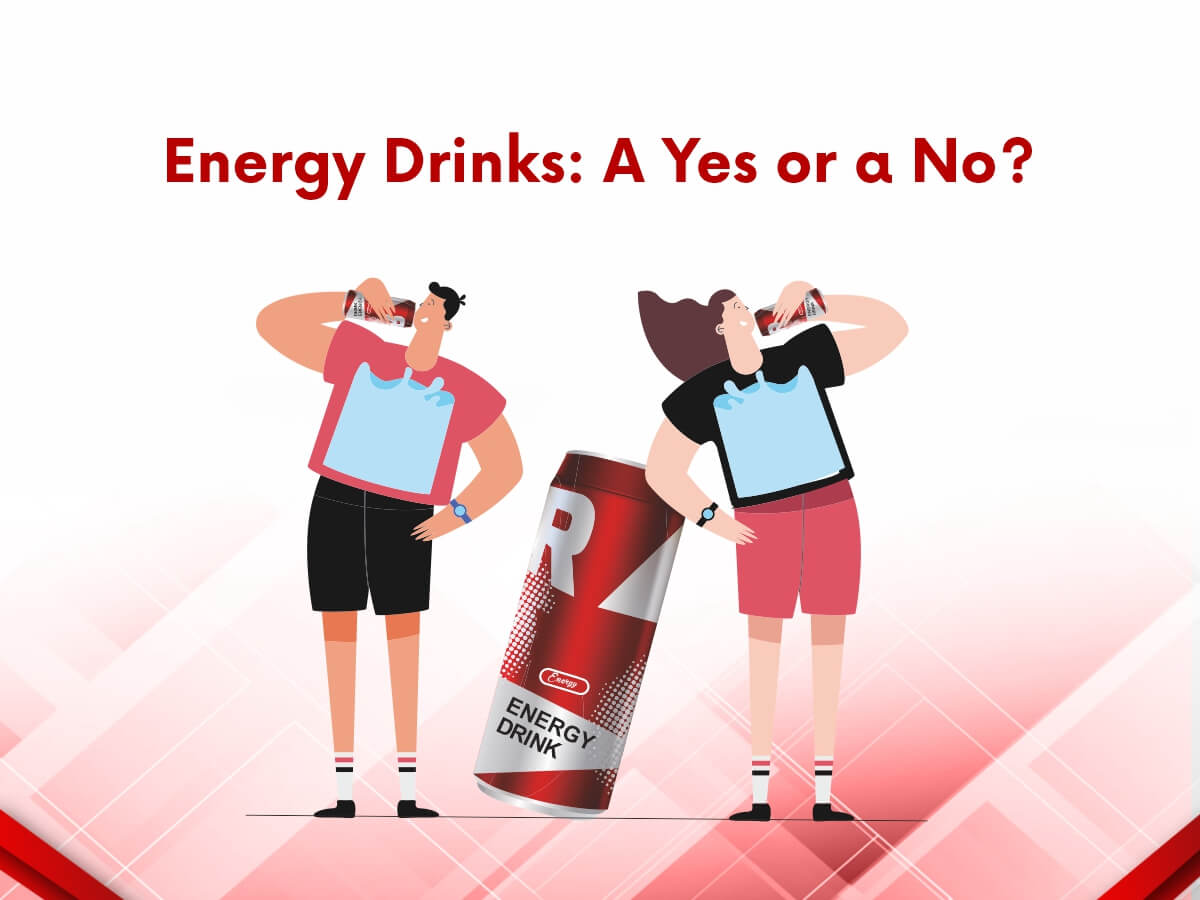
Close


Have you ever found yourself reaching for a bottle of your favourite energy drink during your adolescence or after a strenuous workout? What made that particular drink your favourite? Was it the ingredients, the energy value, or mere advertisements that caught your eye?
Energy drinks have been on the market for a long time. They are the most popular dietary supplement consumed by teenagers and young adults after multivitamins.
According to projections, the market for energy drinks will increase at a CAGR of 8.2% from 2022 to 2031, from a market size of $45.80 billion in 2020 to $108.40 billion in 2031.
There are millions of results when searching for “energy drink” on Google. Although popular energy drink brands like Red Bull, Monster, and Rockstar have been around for a while, a lot of new products have just entered the market. Reign, Bang, FRS Healthy Energy, and Guru are a few of the newcomers.
Innovative flavours, low-sugar and low-calorie coffee drinks, performance ingredients, ESports products, and healthier nutrition are some of the emerging trends in energy drinks.
Here in this blog, we look at the industry more closely and analyze the problems associated with it.
Although some controlled studies have demonstrated a transient improvement in alertness and reversal of fatigue after consuming energy drinks, as well as better physical performance in young athletes, the majority of studies show an association with adverse health effects. These include elevated stress levels, aggressive behaviours like fighting, heavy drinking and smoking, high blood pressure, an increased risk of obesity and type 2 diabetes, poor sleep, and stomach discomfort.
While energy drinks can provide a temporary boost, there are also potential risks and negative effects associated with their use.
To address these problems, there are several solutions that can be implemented. One solution is to regulate the levels of caffeine and other stimulants that are allowed in energy drinks. This could help to reduce the risk of negative effects and ensure that the drinks are safe to consume.
Another solution is to educate people, particularly young people, about the potential risks and negative effects of energy drinks, and to encourage the responsible use of these products. This could involve providing information about the recommended serving sizes and frequency of consumption, as well as the potential risks associated with consuming large amounts of energy drinks.
Energy drinks may have negative health impacts, especially in children, teenagers, and young adults, according to scientific research.
People may pick energy drinks as a caffeine source instead of coffee or tea. However, they also include a lot of sugar, vitamins, and herbs that a normal individual might not need. Children, teenagers, pregnant women, and those with health issues including diabetes and cardiovascular disease are among the vulnerable populations for whom energy drinks can be harmful. Adults who wish to use energy drinks should examine the label for caffeine content and limit their intake (over 200 mg of caffeine per drink). It’s best to avoid consuming alcohol and energy drinks together. In order to guarantee that all of their young patients and their parents are aware of the health dangers associated with energy drinks, pediatricians must have a discussion with them.
Overall, while energy drinks can provide a momentary boost, it is important to be aware of the potential risks and to consume them in moderation. By implementing solutions such as regulation and education, it is possible to mitigate the negative effects of energy drinks and ensure that they are used safely and responsibly.
Authored by – Guniyal Bagga
Please Subscribe our news letter and get update.
© Copyright 2023 – Wissen Research All Rights Reserved.
Powered by VintageCoders